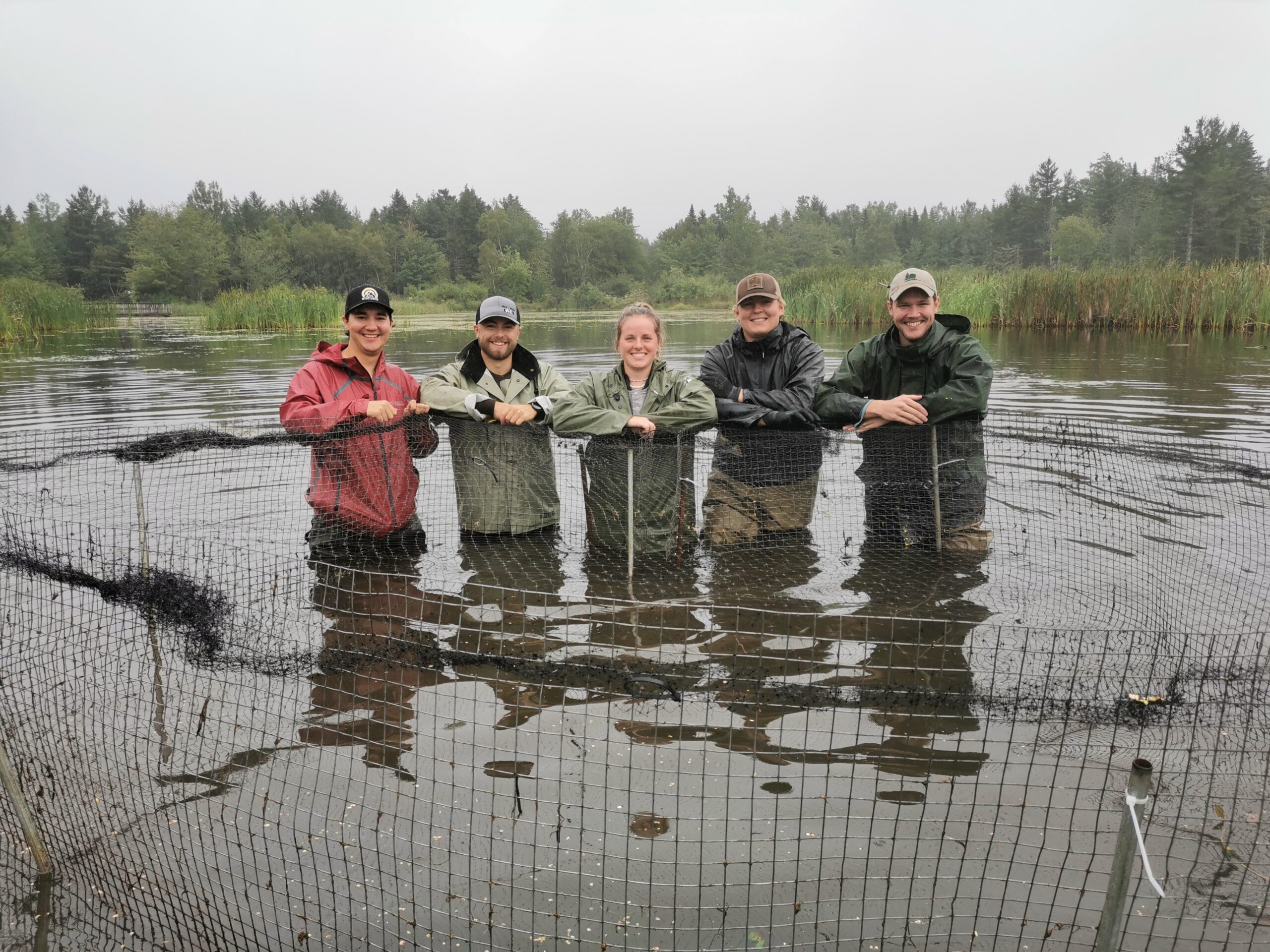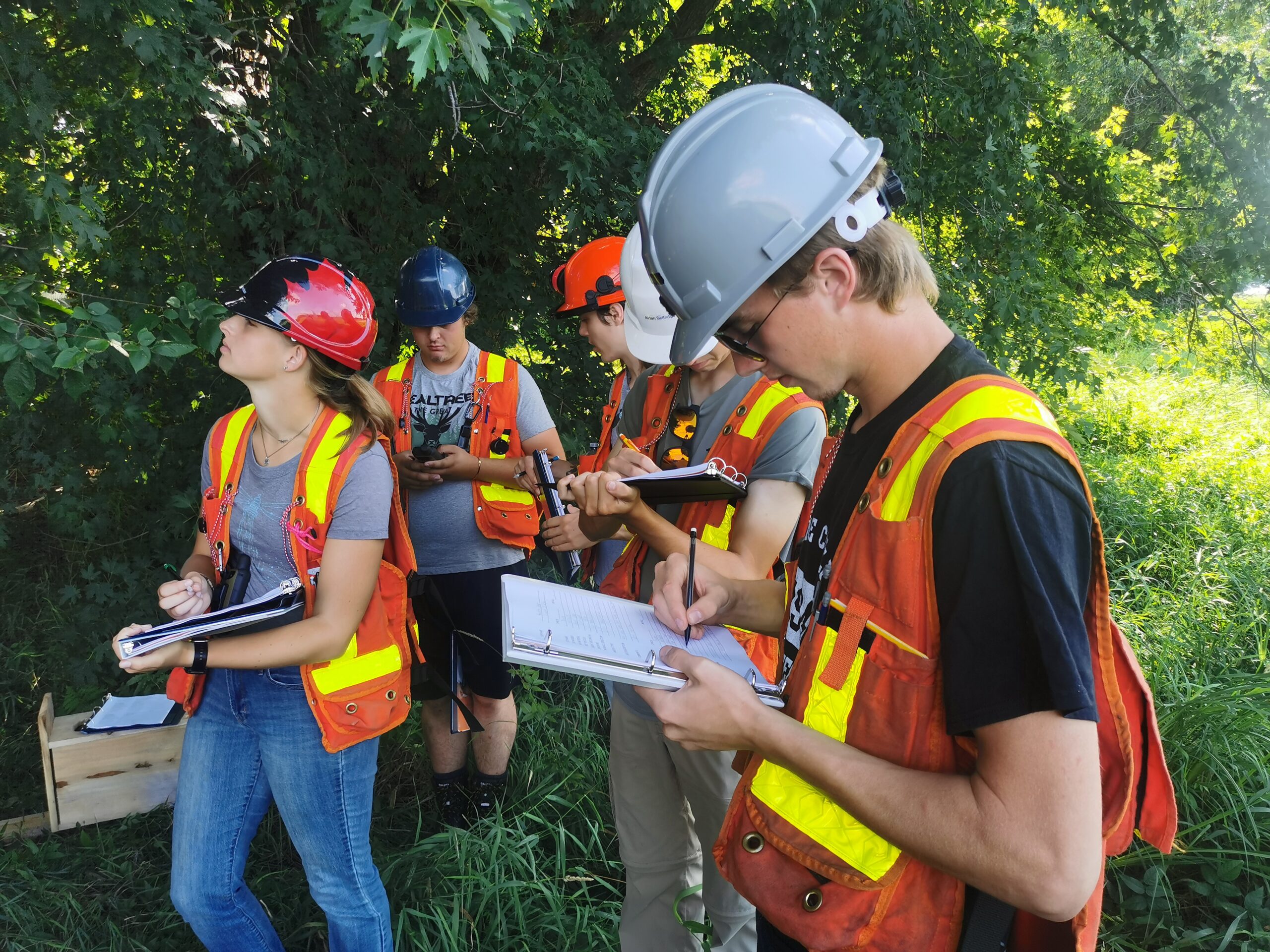FISH & WILDLIFE TECHNOLOGY PROGRAM
Click here for our FOREST Technology Program
Program OVERVIEW
The Fish & Wildlife Technology Program is offered as an optional addition to the Forest Technology Program. Students with an interest in fish and wildlife who feel they would like to pursue a career in the field of monitoring and assessment of wildlife are strongly encouraged to consider the program. Students who wish to pursue this program may register for the program before the beginning of their second year of studies and complete it either concurrently with the Forest Technology Diploma program, or by itself in a third year of study. A Fish & Wildlife Technician is skilled in the use of technologies and knowledgeable of the various techniques, associated with monitoring and assessing wildlife species and their habitats. Students who take the Fish & Wildlife program graduate with a Diploma in Forest and Fish & Wildlife Technology.
- Skills and knowledge required by fish and wildlife professionals are taught through applied learning activities with a significant amount of time doing hands-on work in the lab and field.
- Prior to the start of the third semester in year 2, students spend the last two weeks of August immersed in field activities in the Fish and Wildlife Techniques 1 course which focuses on fisheries techniques, waterfowl management, and aquatic habitat assessment.
- In the third semester, students enroll in Fish and Wildlife Management which is a classroom-based course that provides an introduction to key concepts relevant to the monitoring and assessment of wildlife populations and the principles and practices of fish and wildlife management.
- Fish and Wildlife Techniques 2 and 3 taken during the third and fourth semesters will expose students to various techniques used in research, monitoring, and assessments of wildlife and their habitats through both lecture and applied lab activities. These courses provide theoretical and practical training in species identification, determining the sex and age of mammals, waterfowl, and upland game birds, identification of common parasites and diseases, wildlife immobilization, collection of biological data, habitat assessments, and population survey techniques.
PREREQUISITeS
By the commencement of the first semester of their second year of study, all students interested in enrolling in the Fish & Wildlife Technology program must meet the following criteria.
- Must have completed Chemistry 11 and passed with a 65% or higher
- Must have satisfied all academic requirements of the core Forest Technology program, as outlined in the MCFT academic policy manual.
- Must have successfully completed a summer work practicum.
CErtIFICATIONS
In order for an Fish & Wildlife student to graduate they must maintain current and valid certification in the following Professional Certifications. Every MCFT student will have the opportunity to complete these courses during their time at MCFT. Should a student already maintain certification in any of these courses they are not required to take them again. Such students are asked to bring any certification cards or certificates they have received to MCFT to be added to their file.
-
- Backpack Electrofishing
- Tandem Flatwater Canoe
- Pleasurecraft Operator
- Wilderness & Remote First Aid

